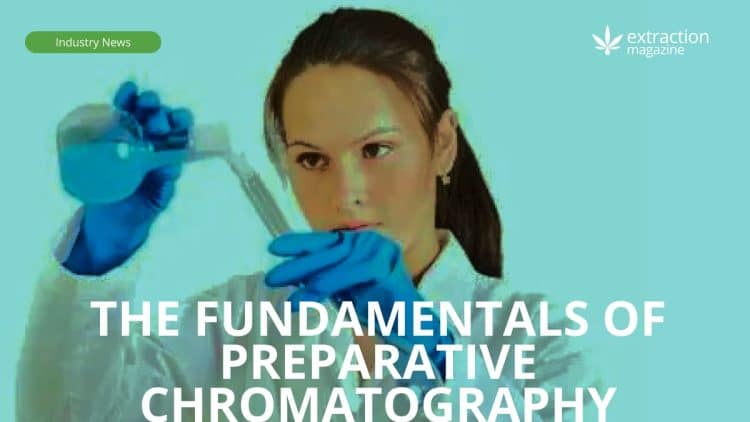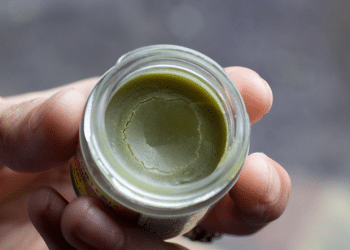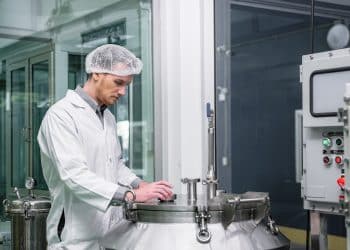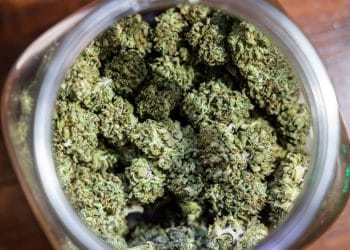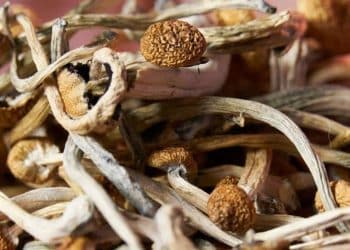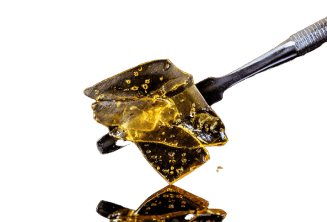Extraction is one of the fundamental practices in the world of chemistry. Whether for experimental or real world applications, isolating a pure sample of a compound from a mixture is essential. One of the best ways to do that is with preparative chromatography.
Chromatography is the practice of isolating individual components from a complex mixture. The beauty of preparative chromatography is that it is not complex, it is efficient, and it has been an established practice for more than a century. Understanding the process helps to define not only the benefits, but also how it is being utilized today.
How Does Preparative ChromatographyWork?
Chromatography falls into two different categories: analytical and preparative. [1] Both of them are used to isolate various compounds, but the objectives are different.
- Analytical chromatography is intended for analysis, often determining the quality or quantity of a sample;
- Preparative chromatography is applied when the compound is going to be used in a specific product or experiment.
In order to efficiently obtain high quantities of pure isolated compounds various methods can be used: reversed-phase, normal-phase, gel permeation and ion exchange chromatography. [2] The process is generally the same. but what change are the kind of stationary phases and the kind of chemical interactions involved in the separation procedure.[3]
First, a solvent is added to a pump management system, which regulates how much solvent is injected into the chromatographic column where the actual separation of materials happens. Using either chemical or physical properties, the desired compound is separated from the rest of the mixture.
The chromatographic separation can be done manually, but it is more common to rely on computer systems to isolate the materials to minimize errors and maximize efficiency. The pump management system allows the process to continue at a constant rate, and the finished product should have a purity of 95% or higher.
This depends on a variety of factors including materials being extracted, solvents used, and intended usage.
What Are the Benefits of Preparative Chromatography?
Preparative chromatography provides many advantages when compared to other purification procedures. [4] Preparative chromatography provides excellent results with a minimum threshold of 95% purity. This is not always achieved on the first attempt, and occasionally the chromatography must be performed repeatedly, but eventually the purity reaches this high level ensuring quality extractions for the next stage of usage.
Chromatography is effective at separating a wide variety of compounds, and it can be used with a multitude of solvents. In fact, chromatography is especially effective at separating complex solutions, and can divide the initial material into each component part.
Depending on what is being purified, the final result may not be wasted byproducts but multiple purified samples of different materials. Because of this, chromatography is seen as being one of the most versatile purification methods. [5] The final advantage comes from its scalability.[6]
Preparative chromatography can be used with small samples, but it can also be set up in a more complex arrangement to increase the volume of purified samples. Two common ways of organizing these arrangements are called flash chromatography and continuous chromatography. [7][8] Flash chromatography is focused on speed and efficiency. This is the technique to use if the extracted material is needed quickly.
Continuous chromatography is more oriented towards an extended demand. It can continually input new solvent and material to make sure that the purification process never stops, maximizing the final result. Both of these styles of chromatography can also be used in cost-effective ways.
What Materials Can Be Purified with Chromatography?
Chromatography was originally invented in 1903 by the Russian botanist Mikhail Tswett who used the technique to isolate individual pigments from plant materials. [9] This is still a common usage today, but chromatography has expanded significantly further from there.
Analytic chromatography is often used in the food industry to determine the quality of a specific product, but preparative chromatography also serves an important role in food production. [10] This includes the isolation of specific compounds like Omega-3, calcium, or any other vitamin or mineral. It may also be used to create components that go into other products like sauces or processed foods. This allows food companies to adapt their products to continually evolving customer preferences.
Another major industry that relies on preparative chromatography is cosmetics. [11] Cosmetics are not only made up of a complex mix of materials, but it is also essential that they are non-toxic. So relying on pure ingredients is vital for make-up and fragrances not only to guarantee a higher quality but also to prevent any unwanted reactions to consumers.
One of the largest fields that relies on preparative chromatography is the pharmaceutical industry. [12] Similar to both food and cosmetics, purity is of the utmost importance in this field, but chromatography extends beyond that. Additionally, preparative chromatography is essential in producing several types of drugs, including insulin and chiral drugs. [13][14]
Finally, preparative chromatography can help develop cell cultures and recombinant proteins that allow scientists to simulate diseases in order to find a cure, develop new therapeutic treatments or to better understand the mechanism of action. [15]
References:
- Scalia, S., L. Giuffreda, and P. Pallado. “Analytical and preparative supercritical fluid extraction of chamomile flowers and its comparison with conventional methods.” Journal of pharmaceutical and biomedical analysis 21.3 (1999): 549-558.
- Teramachi, Shinya, Akira Hasegawa, and Ken Motoyama. “Compositional fractionation of copoly (styrene/methyl methacrylate) by normal-phase and reversed-phase high-performance liquid chromatography.” Polymer journal 22.6 (1990): 489-496.
- Primdahl, Karoline Gangestad, et al. “Introduction to Preparative Chromatography: Description of a Setup with Continuous Detection.” Journal of Chemical Education 99.6 (2022): 2372-2377.
- Rajendran, Arvind. “Recent developments in preparative chromatographic processes.” Current Opinion in Chemical Engineering 2.2 (2013): 263-270.
- Großhans, Steffen, et al. “In-line Fourier-transform infrared spectroscopy as a versatile process analytical technology for preparative protein chromatography.” Journal of Chromatography A 1547 (2018): 37-44.
- Wade, James L., Alan F. Bergold, and Peter W. Carr. “Theoretical description of nonlinear chromatography, with applications to physicochemical measurements in affinity chromatography and implications for preparative-scale separations.” Analytical chemistry 59.9 (1987): 1286-1295.
- Roge, A. B., et al. “Brief review on: Flash chromatography.” International Journal of Pharmaceutical Sciences and Research 2.8 (2011): 1930.
- Bechtold, Matthias, et al. “Integrated operation of continuous chromatography and biotransformations for the generic high yield production of fine chemicals.” Journal of biotechnology 124.1 (2006): 146-162.
- Williams, Kathryn R. “Colored bands: history of chromatography.” (2002): 922.
- Schultze-Jena, A., et al. “High viscosity preparative chromatography for food applications.” Separation and Purification Technology 237 (2020): 116386.
- Tranchida, Peter Q., et al. “Four-stage (low-) flow modulation comprehensive gas chromatography⿿ quadrupole mass spectrometry for the determination of recently-highlighted cosmetic allergens.” Journal of Chromatography A 1439 (2016): 144-151.
- Miller, Larry, and Matt Potter. “Preparative chromatographic resolution of racemates using HPLC and SFC in a pharmaceutical discovery environment.” Journal of Chromatography B 875.1 (2008): 230-236.
- Degerman, Marcus, Niklas Jakobsson, and Bernt Nilsson. “Modeling and optimization of preparative reversed-phase liquid chromatography for insulin purification.” Journal of Chromatography A 1162.1 (2007): 41-49.
- Gumustas, Mehmet, Sibel A. Ozkan, and Bezhan Chankvetadze. “Analytical and preparative scale separation of enantiomers of chiral drugs by chromatography and related methods.” Current medicinal chemistry 25.33 (2018): 4152-4188.
- Sofer, Gail. “Preparative chromatographic separations in pharmaceutical, diagnostic, and biotechnology industries: current and future trends.” Journal of Chromatography A 707.1 (1995): 23-28.
Updated July 2023
